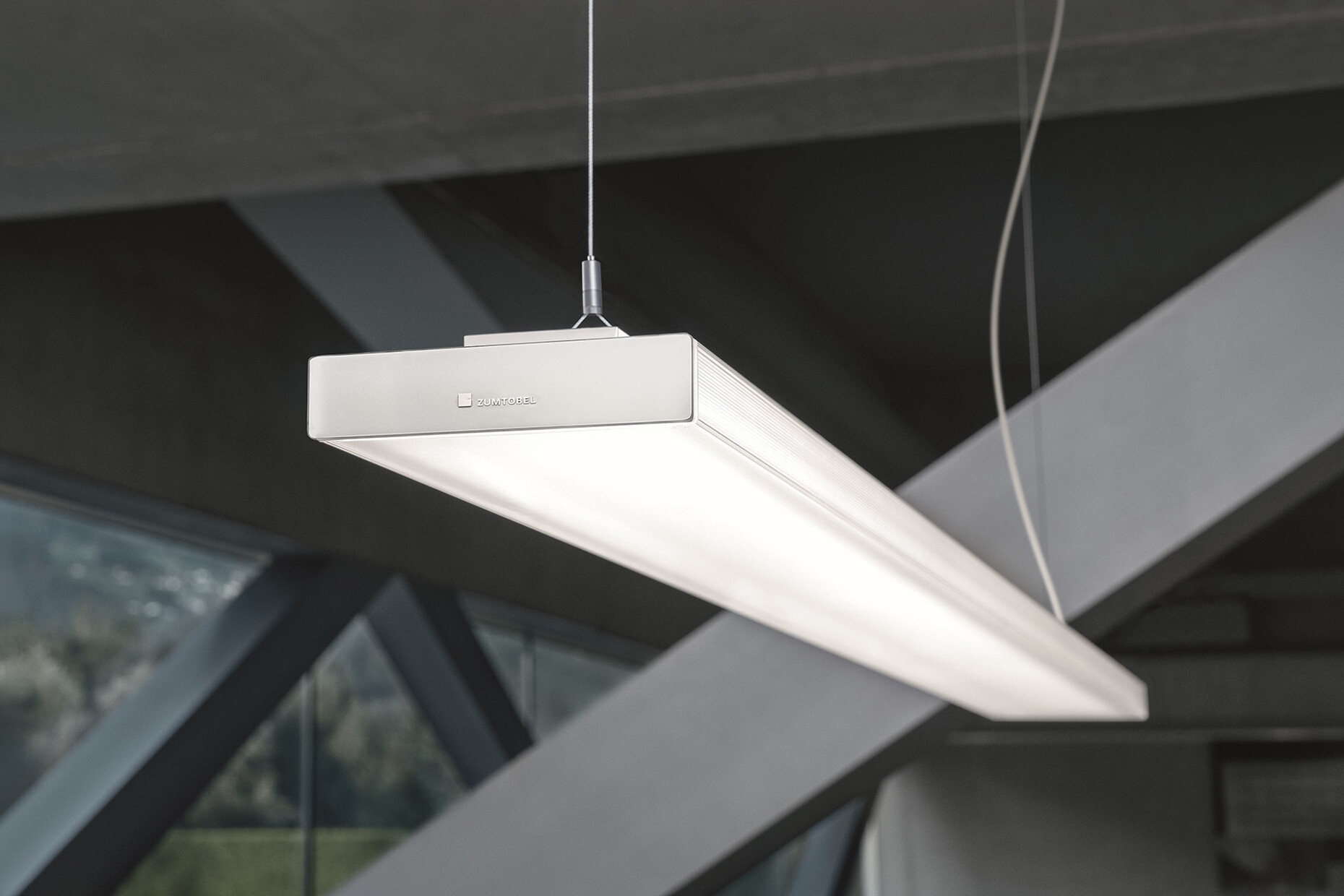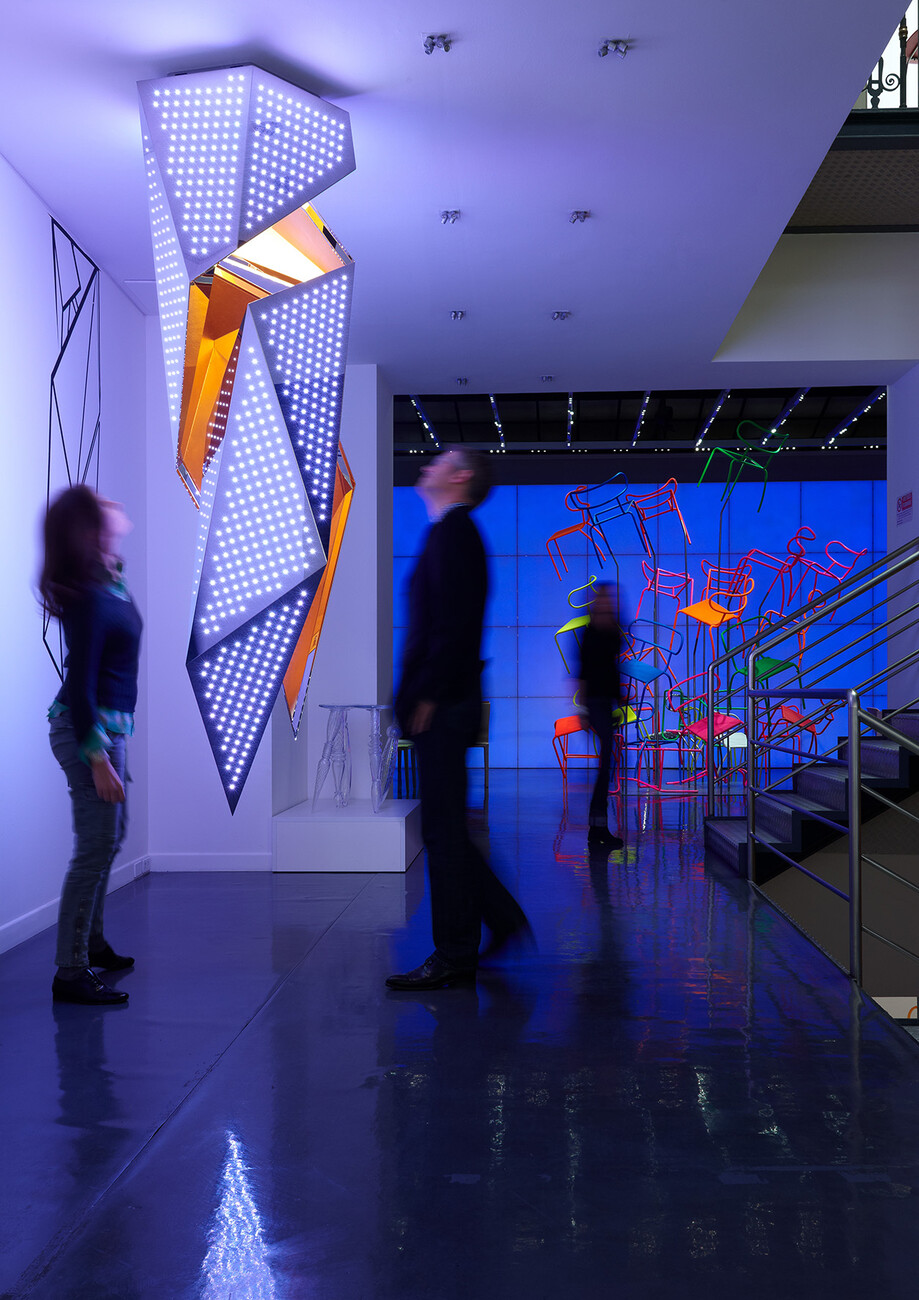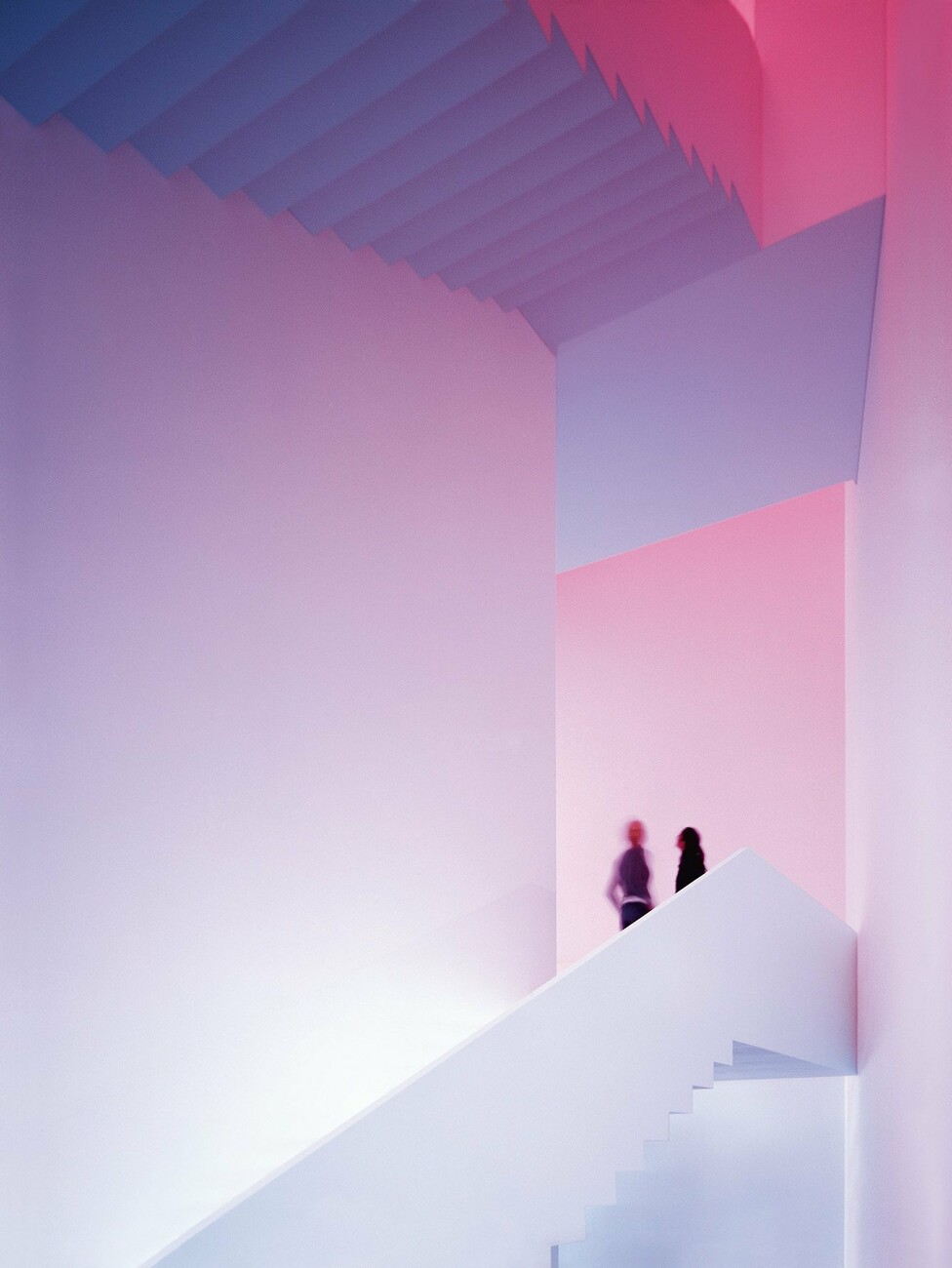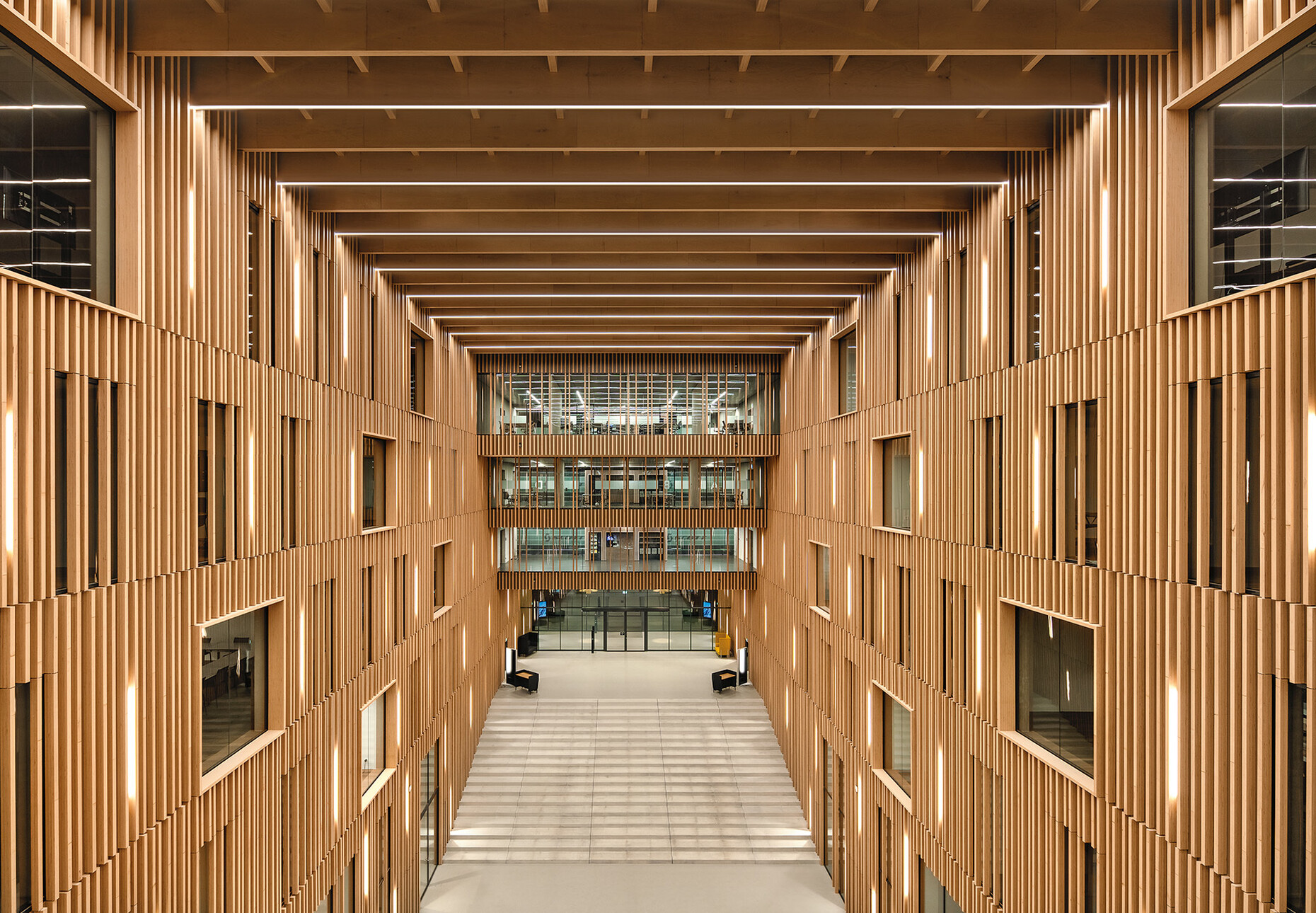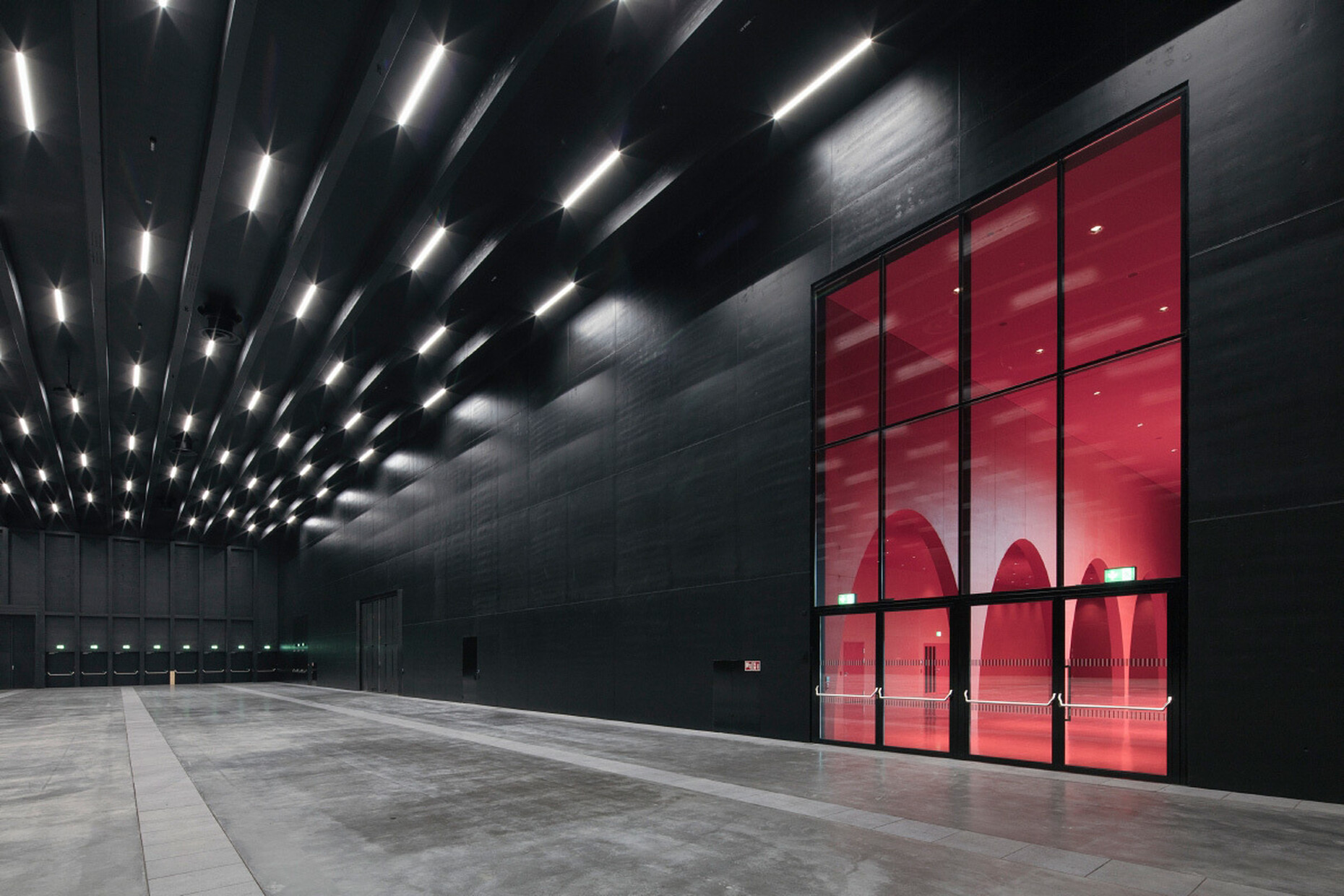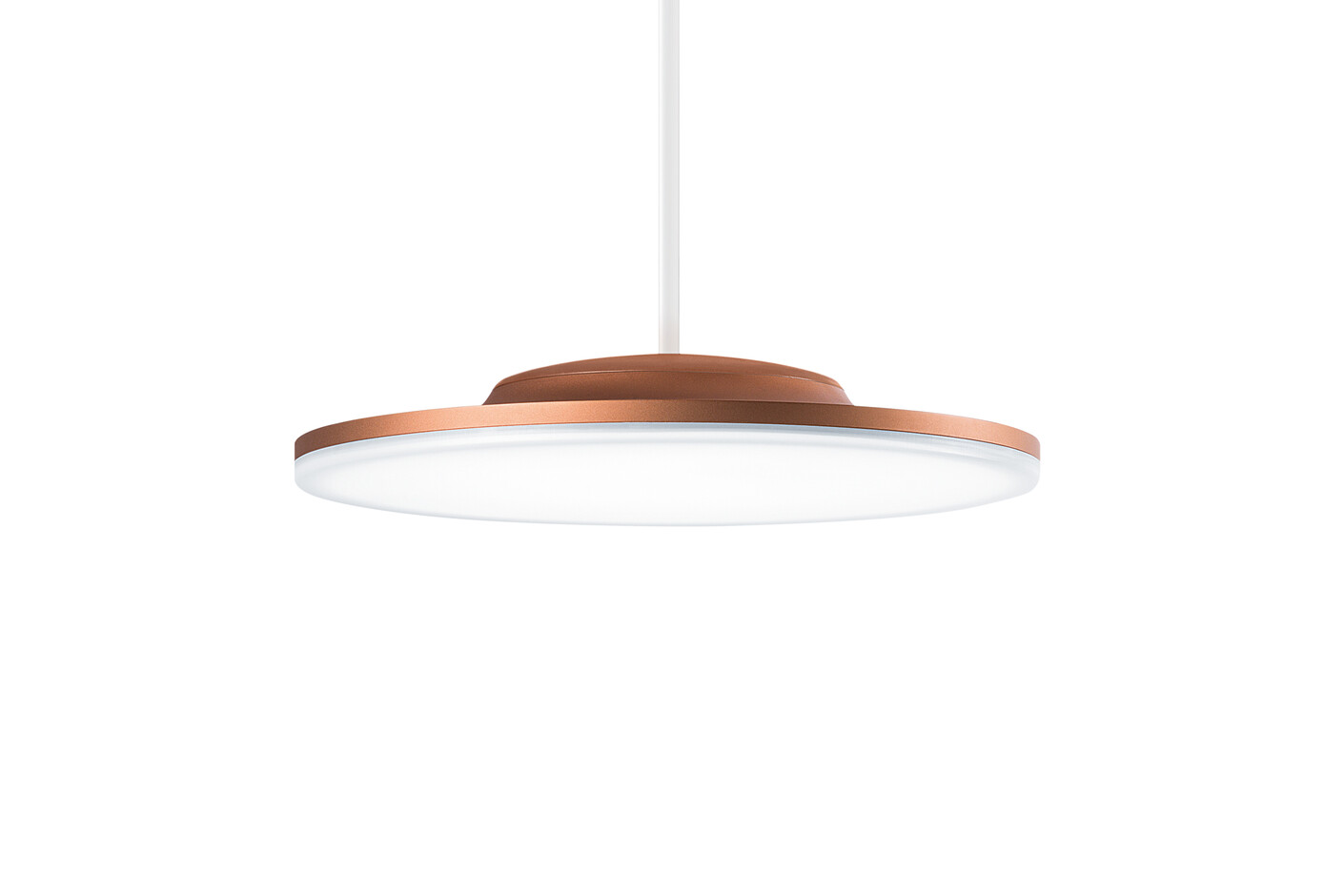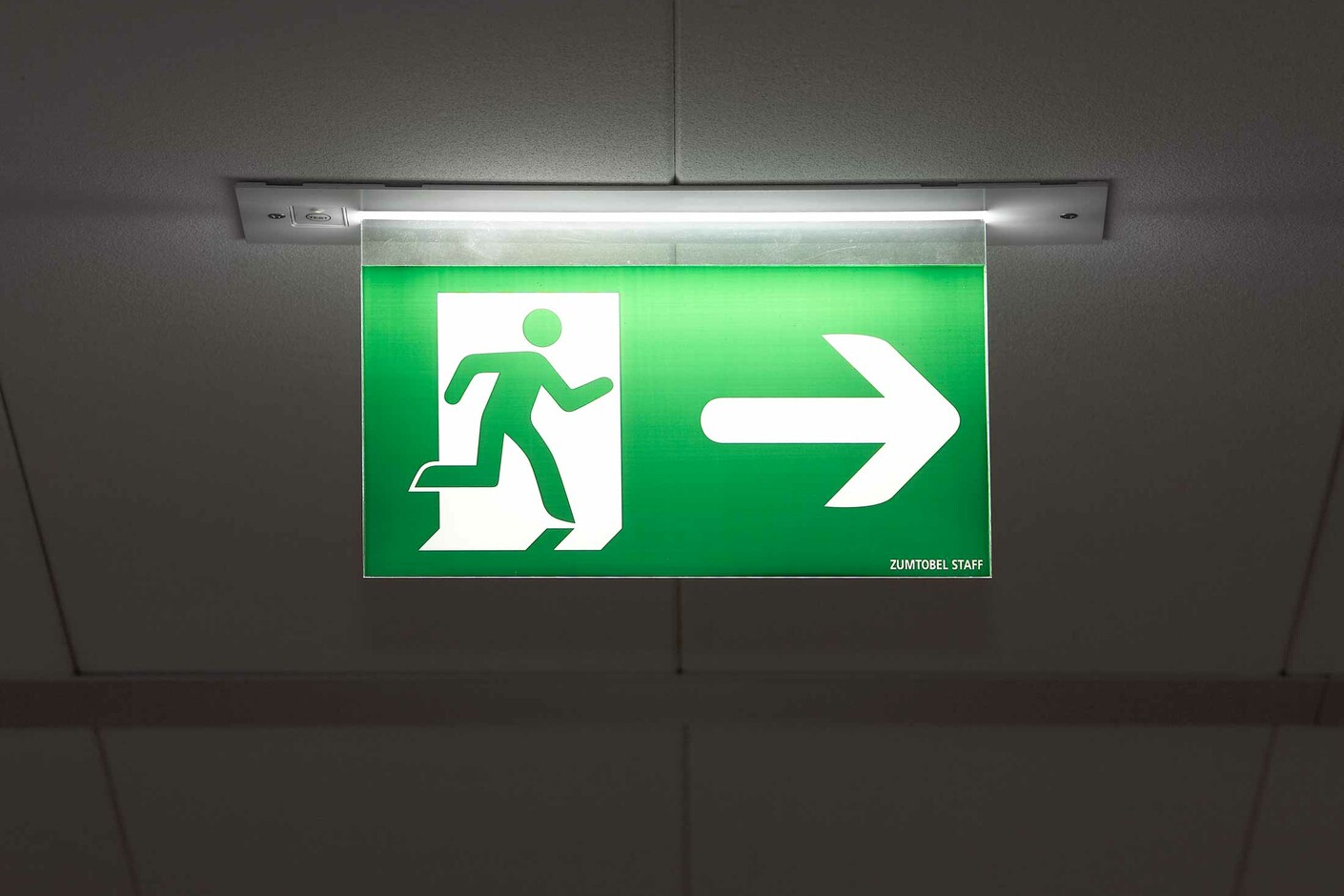STYLEPARK ZUMTOBEL
Lights on!
“The reason for Zumtobel’s success is that it is not simply satisfied with what it has achieved, but remains inquisitive, has innovative ideas, and also has the capable employees to implement them,” says Klaus Vamberszky, Chief Technology Officer at Zumtobel Group. This year the Zumtobel brand celebrates a big event: its 70th anniversary. The founding stone for the internationally successful lighting specialist was laid back in 1950 by the engineer Dr. Walter Zumtobel who established the “Elektrogeräte- & Kunstharzpresswerk W. Zumtobel K.G”. Initially it produced ballast devices for what was then a new technology: fluorescent tubes. At this early stage the corporate culture was already characterized by its open approach to new technologies and approaches. For example, it collaborated with Swiss firm Knobel to develop components that guaranteed lights were flicker-free and conceived ballast devices that were appreciably more compact and energy-efficient than the existing versions. While initially Zumtobel only supplied other luminaire makers, in 1952 it designed the first luminaire of its own called “Profilux” complete with an integrated ballast unit.
From that point onwards the firm expanded its product range rapidly. And it was not only the innovative muscle of the Austrian lighting specialist that emerged so early on; its grasp of just how lighting design impacted on a space also came to the fore. Indeed, Zumtobel received its first design award in 1963 for the “FER recessed luminaire”. A decisive factor in the rapid development of its own products was its constant research for an uncompromisingly good light, an endeavor supported from 1966 onwards by its own laboratory. Simultaneously, the factory in Dornbirn continued to expand, and by 1970 Zumtobel had a payroll of some 820 staff. Then in the mid-1970s the company was converted to a joint stock corporation. The world of work was also undergoing radical changes at the time: There was a stronger focus on lighting computer workstations. Louvered ceilings and louvre luminaires came into use as possible solutions to the problem of glare on the dark screens. Then in 1988 Zumtobel brought out the “Mellow Light” series; the first version was a square surface or recessed luminaire featuring two inward curving white varnished metal reflectors. The light source, a compact fluorescent lamp, was covered by a perforated metal panel. “The white luminaire mounted on a white ceiling created a completely new look and soon became a favored design element for many architects,” explains Harald Schwarzer, Product Manager at Zumtobel. It was not only a milestone for the company; finally, there was a luminaire that made it possible to create pleasant light similar to daylight in what had previously been poorly lit offices. Zumtobel also offered compact halogen metal vapor lamps, which could produce both direct and indirect light. And to the delight of lighting designers the company developed the “COPHOS” planning program and “Luxmate”, a light control system in order to better bundle complex tasks into a single system.
Thinking holistically
While continuing its own product development efforts, the compani continued to expand strongly especially in the 1990s and took over companies such as Staff Leuchten or Thorn Lighting, which further extended its expertise as a lighting specialist and laid the cornerstone for the Zumtobel Group. And as the firm remained interested in the various sectors of the light industry it was one of the first to recognize the change initiated by LEDs. “The changes occasioned by LED technology marked a stark phase of transition,” says Keith Lobo, Development Manager at Zumtobel. LEDs also expanded design options for luminaires. Holistic approaches to design were now needed, something Zumtobel achieved by entering into creative collaborations with renowned architects and designers such as Snohetta, Sawaya&Moroni or Daniel Libeskind. Collaboration also began with Aedes Architecture Forum in Berlin; here Zumtobel found the dialog it sought for new ideas on and ways of communicating the use of light in architecture. The two initiated the “Zumtobel Group Award”, an international architecture prize for pioneering concepts and developments, which contribute to greater quality of life and sustainability in the built environment and its design. Striking a balance between progressive technology and a sustainable aesthetics, Zumtobel made a successful entry to the new millennium with an initial public offering. “If Zumtobel were a person he/she would be inquisitive, self-willed, have an eye for classic ideas, act consciously and think ahead,” says Klaus Vamberszky.
In recent years products such as the LED downlight series “Panos Infinity” or “tunableWhite” set standards in the area of lighting solutions that are both flexible and user-oriented. Today, the Zumtobel Group has a payroll in excess of 6,000, is European market leader in the field of professional lighting systems and comes second in Europe when it comes to light components. The supplier of LED luminaires and light management systems for contract-sector lighting boasts a comprehensive portfolio ranging from office via retail, from industry to museum. Today, the firm is addressing new challenges such as the different lighting needs in the world of work occasioned by the stronger focus on working from home. One requirement is for connectivity solutions and means of improving people’s interaction with networked, electronic systems. “The products of the Zumtobel Group are very much shaped by the needs people have regarding light,” says Vamberszky. Another relevant aspect is sustainability – starting with a timeless design, via high-quality materials, the reduction of energy consumption through to the circular economy within production, which Zumtobel is constantly perfecting. As can be read in the annual business report that since 1991 has been designed in collaboration with creative figures of international renown. “We have developed from a small medium-sized company to a global corporation,” says Klaus Vamberszky. Moreover, the lighting expertise of the Zumtobel Group can now also be experienced in Dornbirn in the largest light forum in the industry, which was designed together with the architecture office Snohetta. But there is always room for improvement: “We are still getting better,” Vambersky comments.















